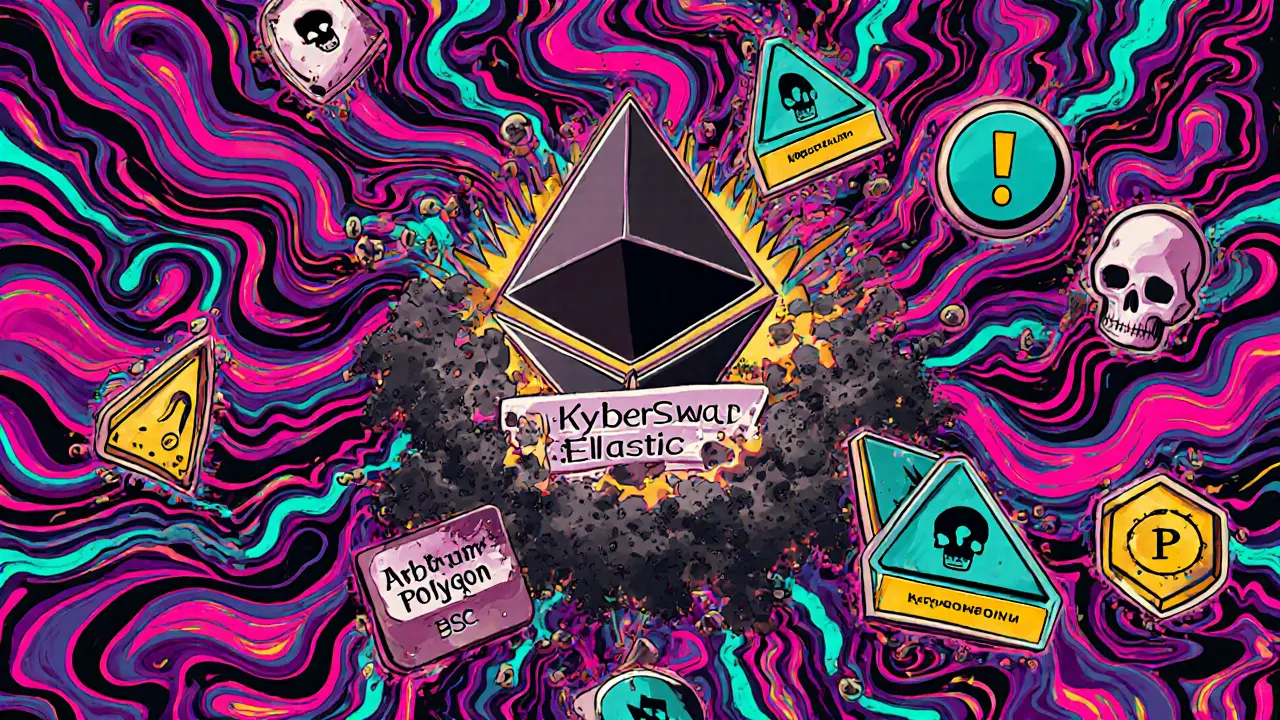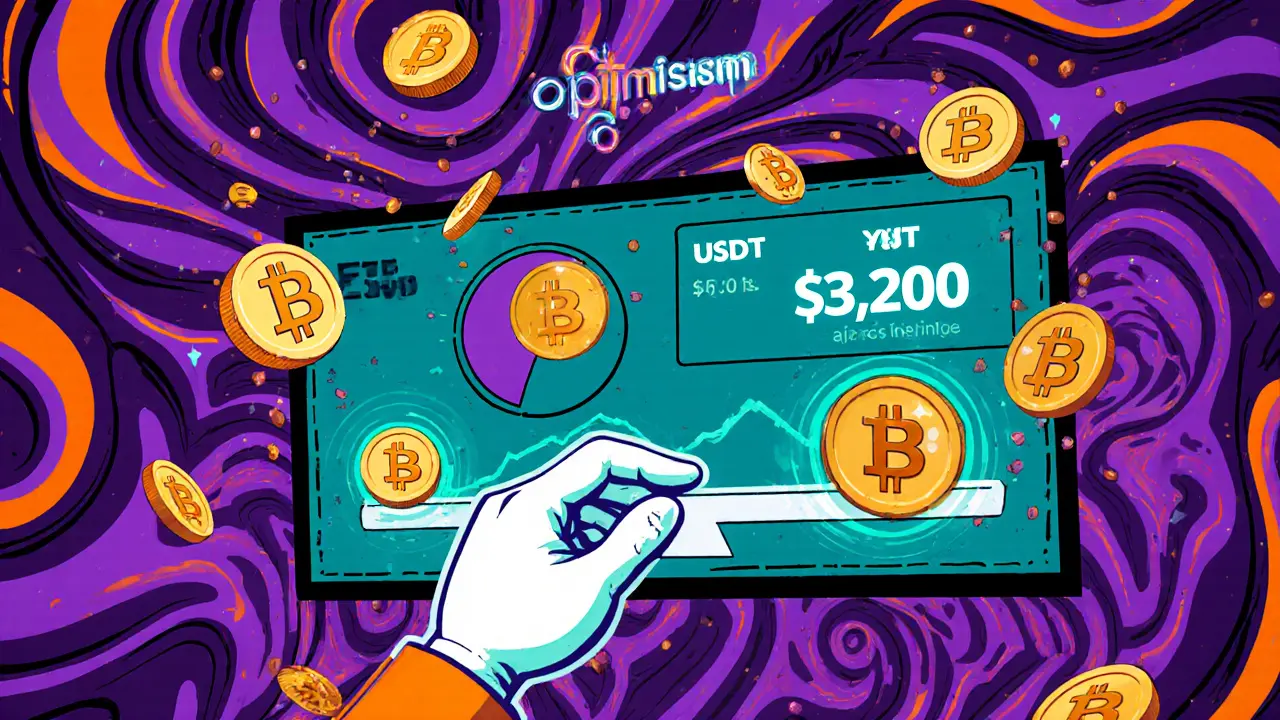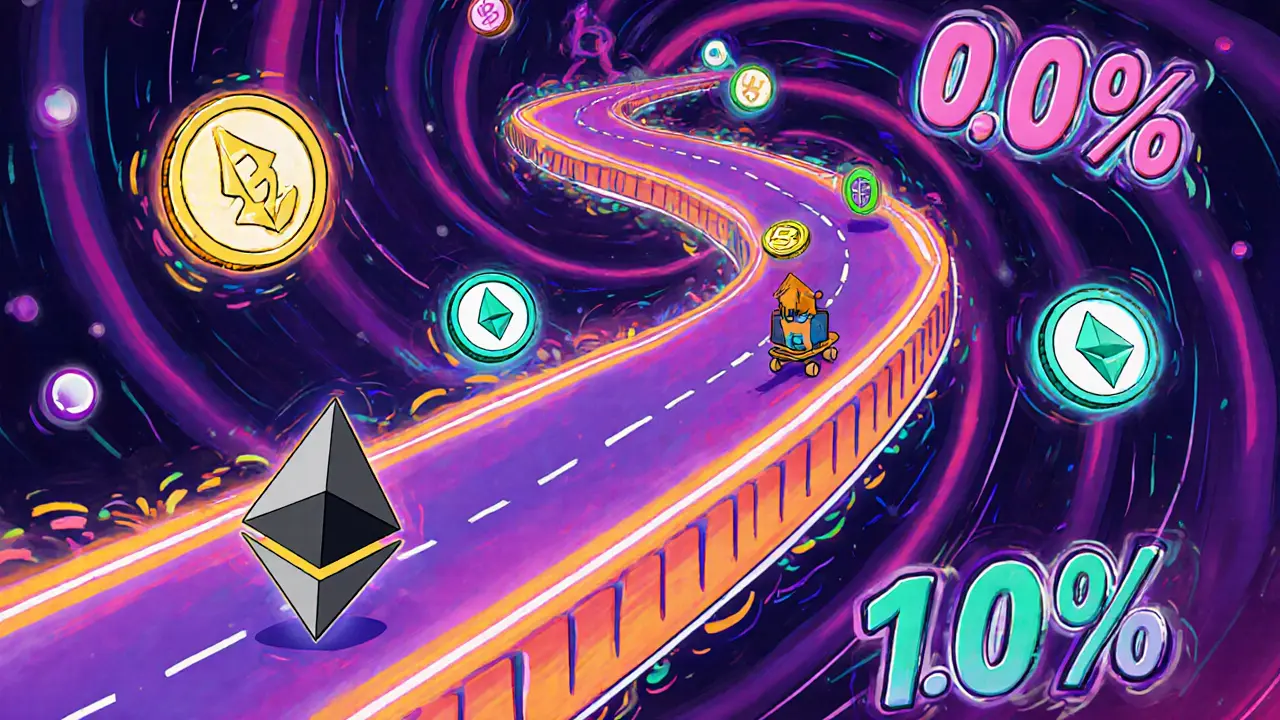Concentrated Liquidity: How It Works and Why It Matters in DeFi
When you provide liquidity in DeFi, you’re not just depositing tokens—you’re betting on where the price will go. Concentrated liquidity, a modern approach to liquidity provision in automated market makers that lets users allocate funds within custom price ranges. Also known as smart liquidity, it’s the reason why platforms like Uniswap V3 and Saros Finance are outperforming older DEXes. Before concentrated liquidity, providers had to spread their funds across the entire price curve. That meant most of their capital sat idle, earning little to nothing while prices moved elsewhere. Now, you pick the range—say, between $30,000 and $35,000 for Bitcoin—and put all your capital to work right where trades are happening.
This shift changes everything. AMMs, automated market makers that use math instead of order books to set prices used to be inefficient by design. With concentrated liquidity, providers can earn 5x to 10x more fees than before, but only if they get the range right. Miss the zone? Your funds sit unused. Get it right, and you’re capturing nearly all the trading volume in that band. That’s why top DeFi users now treat liquidity provision like active trading—not passive staking. It’s not just about locking up tokens anymore; it’s about timing, volatility, and precision.
But it’s not just for pros. Even small investors can use tools that auto-manage these ranges, reducing the guesswork. The rise of liquidity pools, collections of paired tokens used to facilitate trades on decentralized exchanges with smart range controls means you don’t need to be a quant to benefit. Still, the risk is real. A sudden price swing outside your range can lead to impermanent loss—or worse, full asset conversion into one token. That’s why understanding price behavior, volatility cycles, and on-chain metrics matters more than ever.
What you’ll find in the posts below isn’t just theory. It’s real-world analysis: how Saros Finance uses concentrated liquidity with DLMM v3, why DeGate’s zkRollup setup makes it a candidate for next-gen AMMs, and how liquidity strategies are evolving as DeFi becomes more institutional. You’ll also see how projects like RWA tokenization and tokenized treasuries are starting to adopt similar models. This isn’t a niche feature—it’s the new standard. And if you’re still using Uniswap V2 or older DEXes, you’re leaving money on the table—or worse, exposing yourself to unnecessary risk.
KyberSwap Elastic (Ethereum) Crypto Exchange Review: What Happened and Is It Still Safe?
KyberSwap Elastic on Ethereum promised automated compounding and concentrated liquidity but was crippled by a security breach in October 2025. Now inactive with $0 trading volume, it's a cautionary tale for DeFi users chasing high yields.
SushiSwap v3 on Optimism Crypto Exchange Review: Fees, Rewards, and Real-World Performance
SushiSwap v3 on Optimism offers concentrated liquidity and unique fee rewards for xSUSHI stakers, making it ideal for experienced DeFi users seeking higher yields on stablecoin pairs with low gas fees.
Uniswap v3 Ethereum DEX Review: Fees, Liquidity, and Real-World Performance
Uniswap v3 on Ethereum is the most powerful decentralized exchange for crypto traders and liquidity providers. Learn how concentrated liquidity, fee tiers, and layer 2 networks make it the top choice for DeFi users in 2025.


